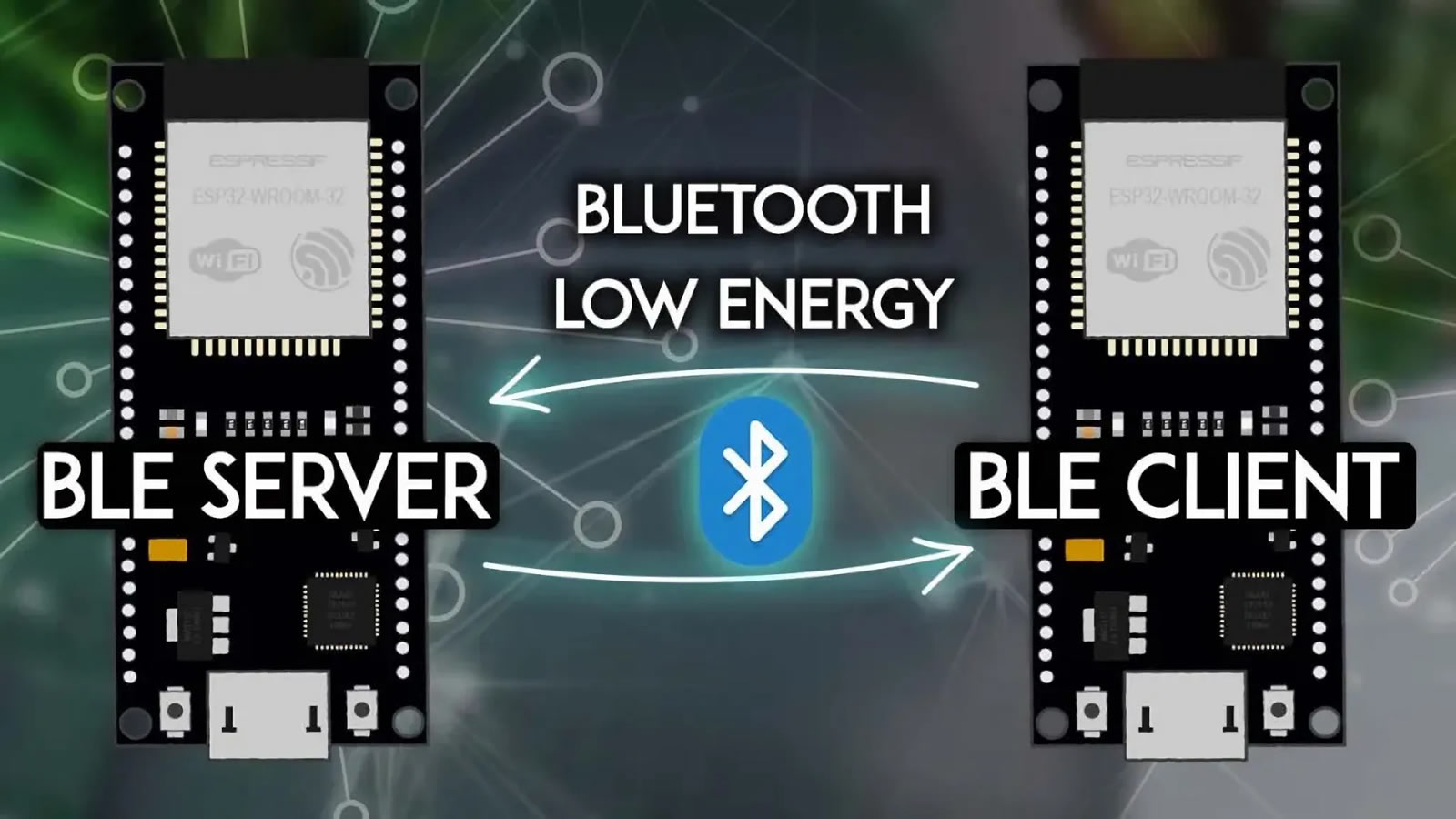Bluetooth Low Energy (BLE) technology has revolutionized the world of wireless connectivity by offering a power-efficient solution for a wide range of applications. With its unique set of features, Bluetooth BLE has become a popular choice for connecting devices in various domains, including consumer electronics, healthcare, smart homes, and industrial automation. In this article, we will explore the advantages and limitations of Bluetooth BLE technology, providing a comprehensive analysis of its strengths and weaknesses.
Advantages of Bluetooth BLE Technology
- Low Power Consumption: One of the key advantages of Bluetooth BLE technology is its low power consumption. BLE devices are designed to operate efficiently, allowing for long battery life in connected devices. This makes Bluetooth BLE ideal for applications where power efficiency is critical, such as wearables, medical devices, and IoT sensors.
- Broad Device Compatibility: Bluetooth BLE enjoys broad device compatibility, making it widely accessible and easy to integrate into various products. It is supported by a wide range of devices, including smartphones, tablets, laptops, and IoT devices. This compatibility enables seamless communication and interoperability between different devices, facilitating convenient connectivity for users.
- Simple and Quick Pairing: Bluetooth BLE simplifies the pairing process between devices, providing a user-friendly experience. With features like Bluetooth Smart pairing, devices can easily discover and connect to each other without the need for complex setup procedures. This simplicity enhances user convenience and promotes wider adoption of Bluetooth BLE technology.
- Wireless Range: Bluetooth BLE offers a suitable range for many applications, especially those involving short-range communication. The typical range of Bluetooth BLE can reach up to 100 meters, allowing devices to connect within a reasonable distance. This range makes Bluetooth BLE ideal for applications such as home automation, asset tracking, and proximity-based services.
- Cost-Effective Solution: Bluetooth BLE technology is cost-effective compared to other wireless connectivity options. The hardware required for Bluetooth BLE implementation is relatively affordable, making it accessible for both manufacturers and consumers. The lower cost of adoption encourages widespread integration of Bluetooth BLE in various products and solutions.
Limitations of Bluetooth BLE Technology
- Limited Data Transfer Rates: Bluetooth BLE technology is optimized for low power consumption, which results in relatively lower data transfer rates compared to other wireless technologies such as Wi-Fi or classic Bluetooth. While BLE is suitable for transmitting small amounts of data, applications requiring high-speed data transfer may face limitations in terms of throughput.
- Limited Range: Although Bluetooth BLE offers a reasonable range for many applications, it has a limited reach compared to other wireless technologies. The range can be affected by physical obstructions, interference, and environmental conditions. Applications requiring long-distance communication may need to consider alternative wireless options.
- Device Compatibility with Legacy Bluetooth: While Bluetooth BLE enjoys broad device compatibility, it may face challenges when connecting with legacy Bluetooth devices. Legacy Bluetooth devices that do not support BLE may not be able to establish a direct connection. However, various devices offer dual-mode support, allowing compatibility between BLE and legacy Bluetooth devices.
- Complex Development Process: Developing applications or devices that utilize Bluetooth BLE technology can be more complex compared to traditional Bluetooth. BLE introduces additional protocols and concepts, requiring developers to understand and implement the necessary specifications. This complexity can increase development time and effort.
- Security Considerations: Bluetooth BLE technology requires careful consideration of security measures. BLE devices are susceptible to security vulnerabilities, such as unauthorized access, eavesdropping, and spoofing attacks. Implementing strong security measures, encryption, and authentication protocols is crucial to mitigate these risks.
Conclusion
Bluetooth Low Energy (BLE) technology offers a range of advantages, including low power consumption, broad device compatibility, simple pairing, wireless range, and cost-effectiveness. However, it also has limitations, such as limited data transfer rates, range, compatibility with legacy Bluetooth, development complexity, and security considerations. By understanding the strengths and weaknesses of Bluetooth BLE, businesses and developers can make informed decisions and leverage its capabilities effectively. Embrace the power of Bluetooth BLE while considering the specific requirements and constraints of your applications for optimal connectivity solutions.

